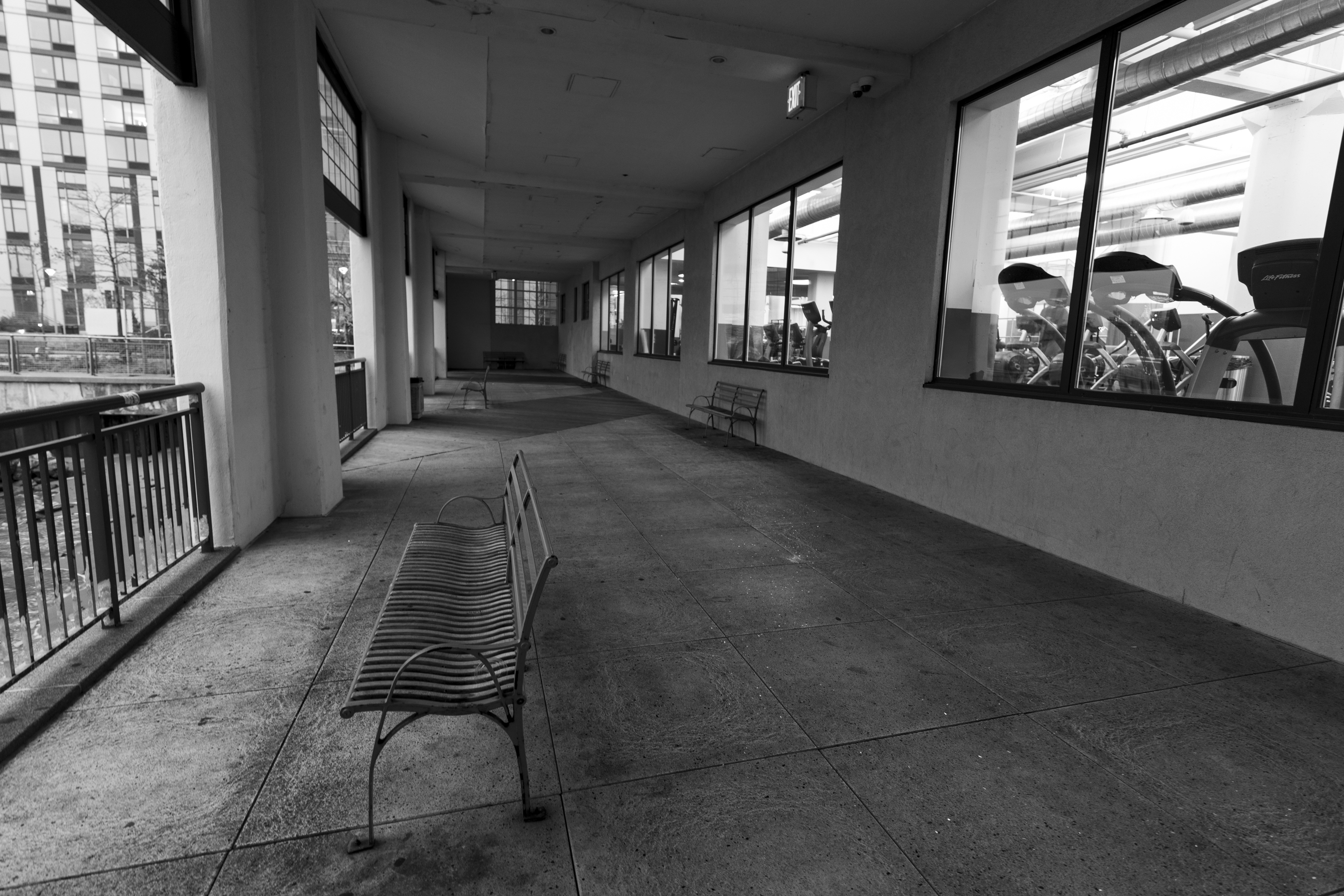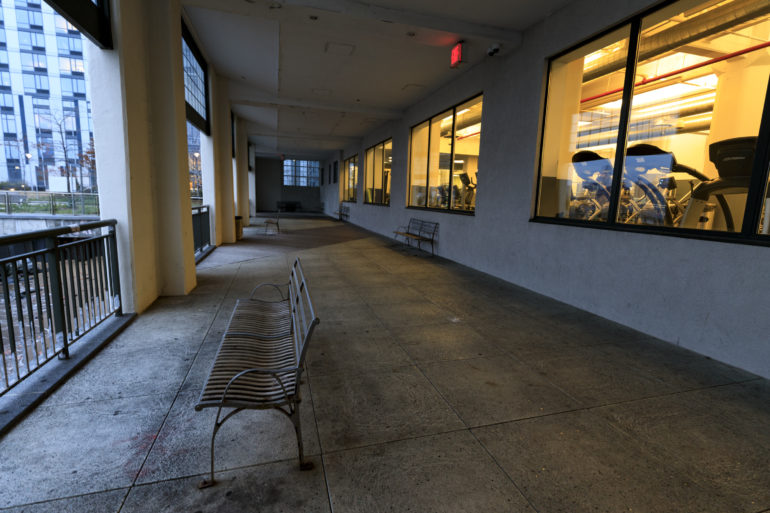Last Updated on 01/16/2019 by Mark Beckenbach
Want more Useful Photography Tips? Check them out here!
Today’s useful photography tip is for every photographer who wants to get more into black and white photography, is into it, and who wants to understand how light and color can affect a scene. The opening photo of this post was done in black and white. When you look at it, you’d probably think that the lighting wasn’t that special or different. But click past the jump to see something a bit different.
Now here is the image in color. Notice how the light spills onto the sidewalk and makes it a different color than the rest? Well you have to think to yourself, “Why isn’t that translating into an area that clearly differentiates itself in black and white?”
The answer: the tones. The tones need to stand out much more. There needs to be more contrast in the scene and the luminance to create more of a stark contrast. Colors don’t always do it, their tonality does.
As I’ve said before, sometimes scenes are worth turning into black and white because the color isn’t that important. In this scene, the color adds the only other spec of separation. There is blue and orange; that’s it. But when converted to black and white, it all more or less blends seamlessly together, therefore showing that the colors can be made even stronger through saturation. Unfortunately for black and white, you just need to work with the brightness of the channels.
We hope this helps. I find it super interesting and I didn’t expected it myself when looking at the scene. Contrast can help for sure, but I suggest doing more work on the tones in the scene to create a more effective black and white. When you convert the scene back to color, you’ll often find that in color, the scene will just look really odd. It’s all relative.



